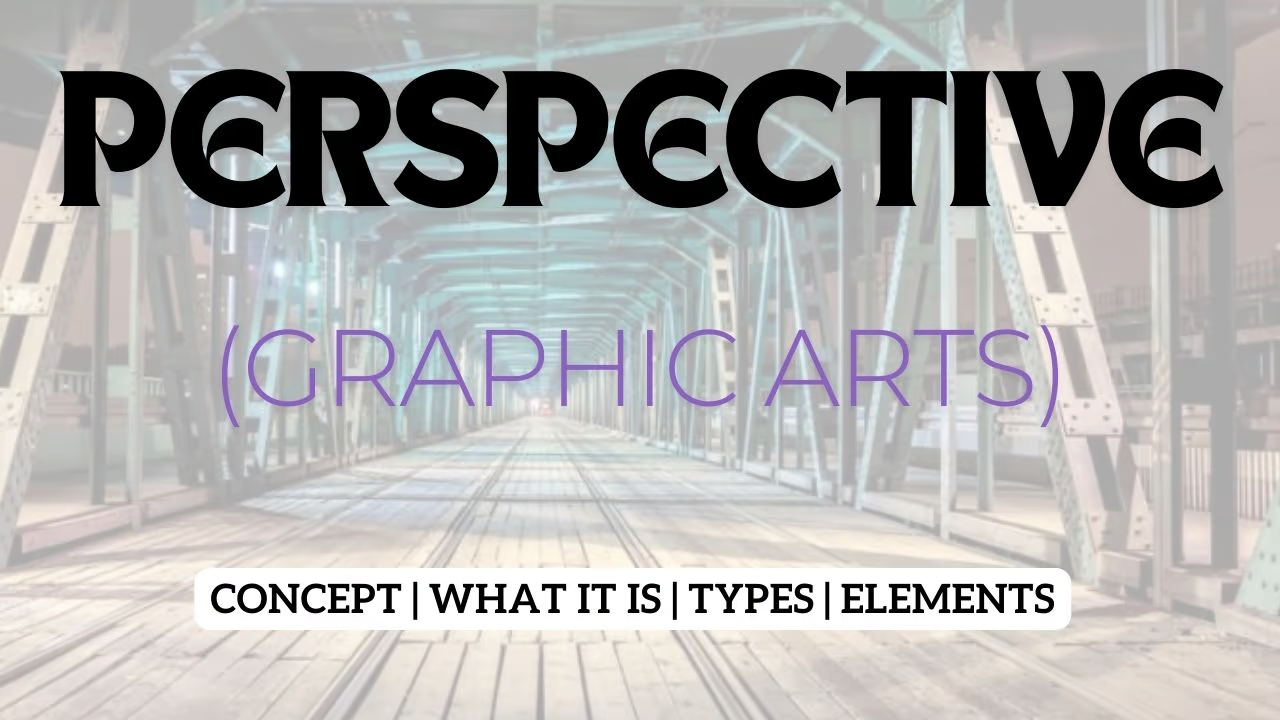Perspective definition: We explain what perspective is in the visual arts, its types and the elements that compose it.
What is perspective?
In the world of visual arts, perspective is known as the method of representing three-dimensional objects and spaces on a two-dimensional plane (such as a canvas or paper), to produce an effect of three-dimensionality, depth or volume.
This technique is based on the intersection of an imaginary plane with a set of straight lines (rays or visual lines) that start from a fixed point (point of view) and pass through the points of the represented object. By projecting these rays onto the plane, a three-dimensional image of the object is obtained, as it is perceived in physical reality. Thus, perspective operates as a representation of the rectilinear form of light propagation in the drawn or painted scene. Maybe you would like to know this Catharsis !
The development of perspective was a milestone in the history of art, as it made it possible to show space on the plane as perceived by the human eye. This contribution transformed not only the way of representing the world, but also the way of conceiving and thinking about it.
The formal study of perspective began during the Florentine Renaissance, when artists such as Andrea Mantegna (c. 1431-1506), Lorenzo Ghiberti (1378-1455) or Masaccio (1401-1428) dedicated themselves to discovering the mathematics behind proportions and established the basic principles for reproducing distance. All these principles were later perfected with great mastery by artists such as Michelangelo Buonarroti (1475-1564), Raphael Sanzio (1483-1520) and Leonardo da Vinci (1452-1519).
Types of perspective
Depending on the relative position between the represented object and the point of view, there are two types of perspective:
Conical or central perspective
This is the perspective in which the size of the represented objects decreases as they move away from the viewer. In this case, the parallel lines converge at a vanishing point, and the visual lines form a conical beam, the vertex of which is the point of view. This is the type of perspective produced by cameras and used by both artists and architects. Maybe you would like to know this Historical Materialism !
Axonometric perspective
This is the perspective in which all the rays are parallel to each other and the point of view is situated at infinity. The lines in the drawing do not converge at a single point of view, nor is the size of the objects far from the viewer reduced. This is a type of perspective developed more than 4,000 years ago for military and stonemasonry purposes. It is more closely linked to technical development than to art, and is used in diagrams where it is important to show the proportions of the objects.
Axonometric perspective is classified into two distinct groups:
- Orthogonal perspective: This is the one in which the projection lines are perpendicular to the plane, that is, at a right angle.
- Oblique perspective: This is the one in which the lines are oblique with respect to the representation plane (that is, they do not form right angles with it), which offers a more natural sense of depth.
In turn, orthogonal perspectives are divided into:
- Isometric perspective: This is the one in which three-dimensional objects are represented by projecting their main axes (width, length and height) in such a way that they form angles of 120°, preserving the real proportions.
- Dimetric perspective: This is the one in which two of the main axes form equal angles and the third, a different angle. It is very common to represent objects with greater length than width and height.
- Trimetric perspective: This is the perspective that represents objects tilted with respect to the plane of the picture, so that their orthogonal axes have angles of 100°, 120° and 140°.
On the other hand, oblique perspectives can be:
- Cavalry perspective: This is the perspective in which one axis of the object is represented in its true magnitude, while the other two are reduced to half. It is useful for representing objects with bilateral symmetry.
- Military or cabinet perspective: This is the perspective in which one axis of the object is represented in its true magnitude, while the other two are reduced to a third. Its use is frequent in disciplines such as architecture and furniture design, to present several sides of an object.
Elements of perspective
All perspectives are composed of a series of common elements, which are:
Horizon line
This is an imaginary line that is in front of the viewer’s eyes and that spatially locates the content and the vanishing points. A simple way of defining it is as that point where the earth or the sea touch the sky.
Vanishing points
These are the points located on the horizon line and towards which the visuals tend, that is, the lines that unite the viewer’s vision with the observed object. In the same representation there may be one, two or three vanishing points, depending on whether it is a lateral, oblique or aerial perspective, respectively.
Picture plane
This is the two-dimensional surface on which a three-dimensional object is represented. Leonardo da Vinci used the word “window” to refer to this element through which the artist observes the world.
Point of view
This is the imaginary point from which the represented object is observed, and is determined by how the viewer is positioned in relation to it. It is always on the same plane as the horizon line and at the same height as the vanishing point.
Ground line
This is an imaginary line on which the represented object rests and which shows the surface that supports it.
